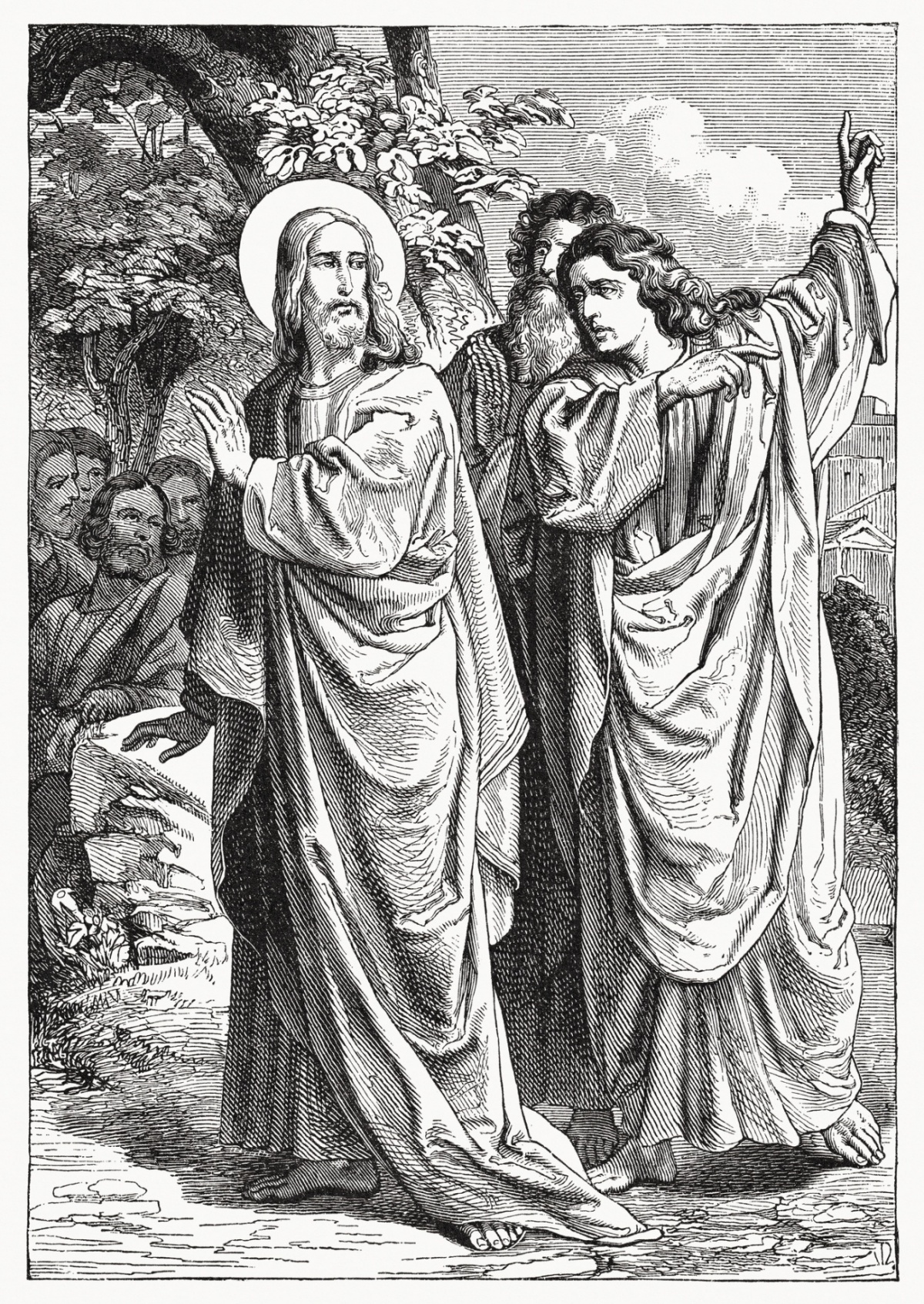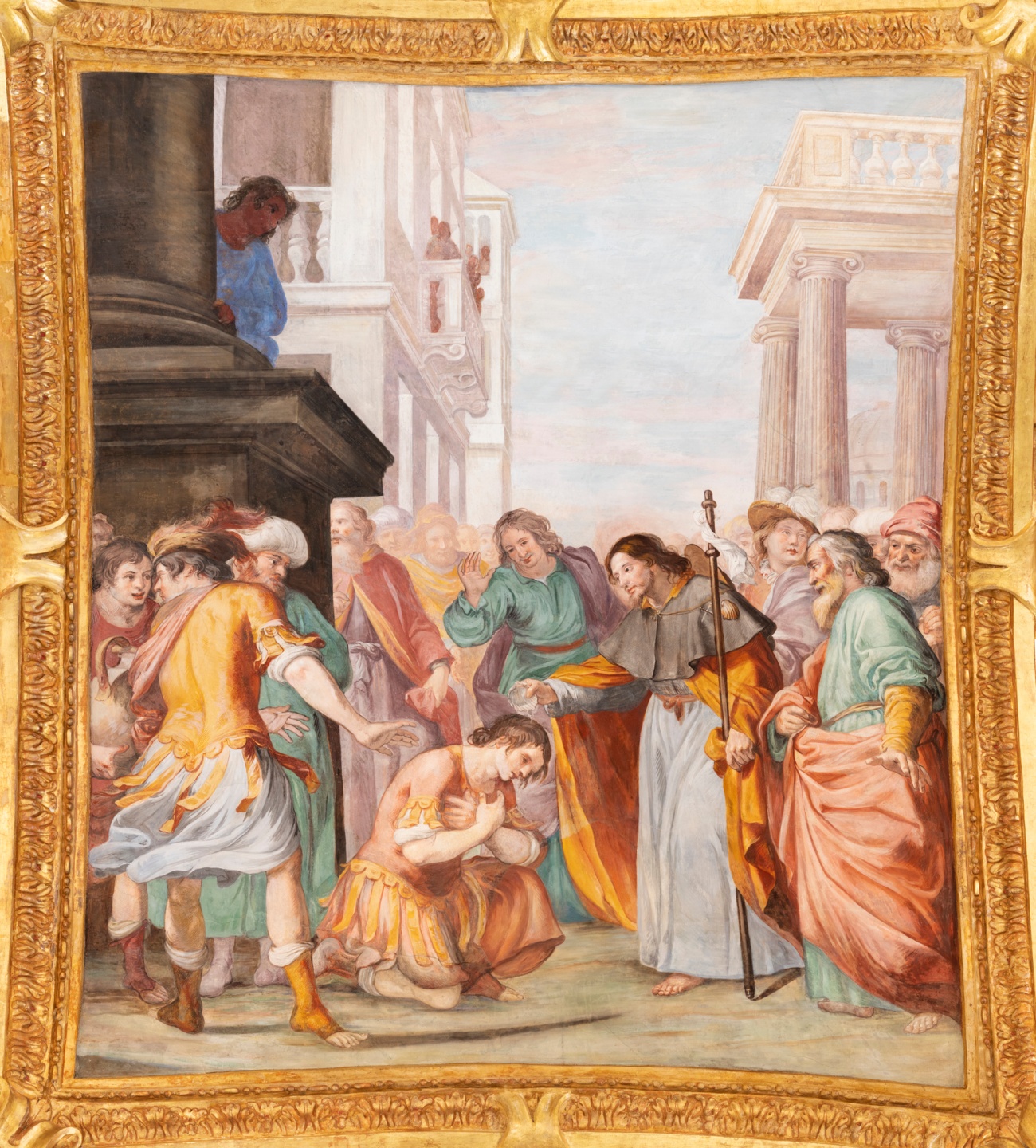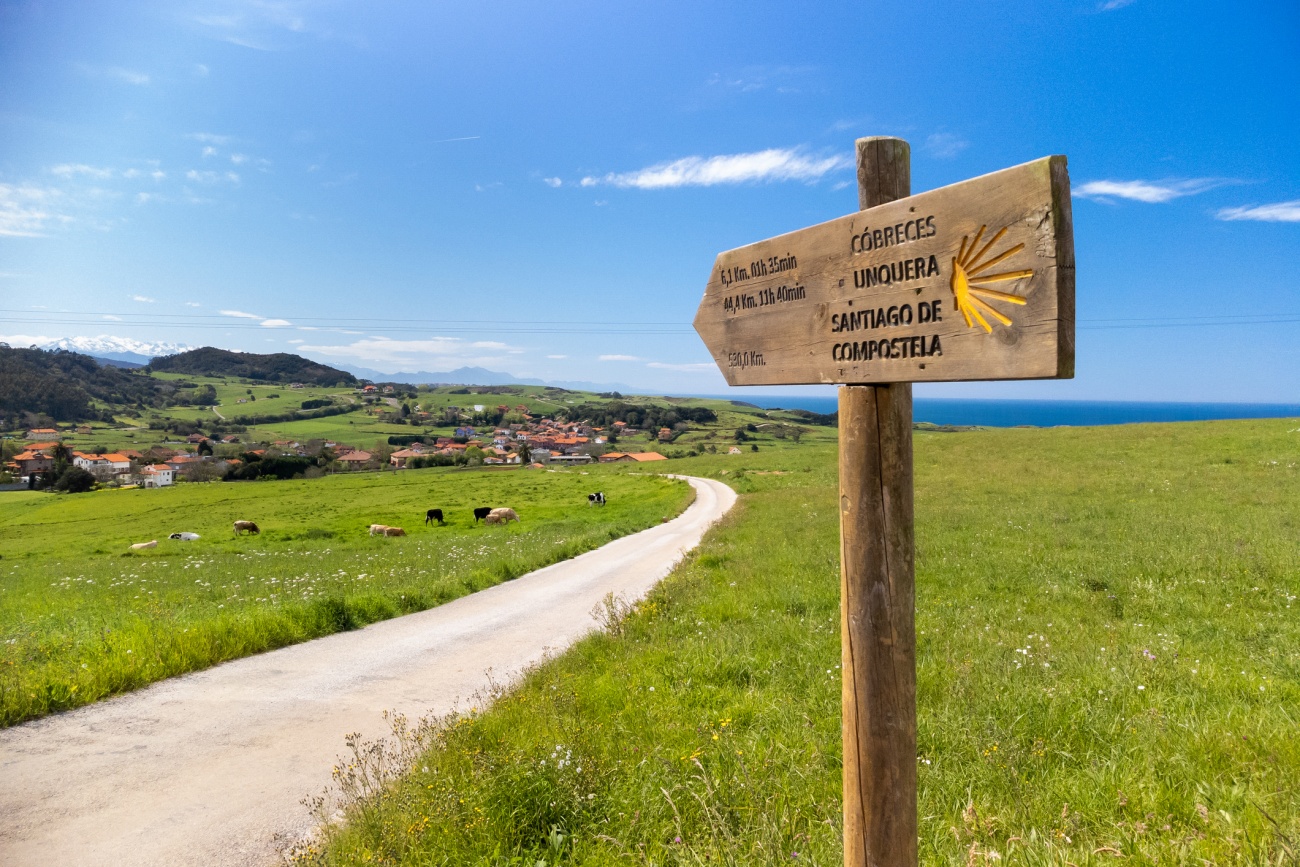The Way of St. James- El Camino de Santiago
The pilgrimage to Santiago de Compostela is a powerful way to contemplate and experience the deeper spiritual journey of faith.
In Matthew’s Gospel, chapter 20:20-28, we see the mother of the sons of Zebedee, James and John, approach Jesus and ask him to, “Command that these two sons of mine sit, one at your right and the other at your left, in your kingdom.” James and John might have felt this might be possible as they had already had the privilege of being invited to participate in some of the most profound moments of Jesus’ ministry: the raising of the daughter of Jairus, the Transfiguration, and the raising of Lazarus. But it seems that they still had not completely understood Jesus’ message, or the truth about his kingdom.

Their understanding was, as yet, earthbound. They were still thinking that the kingdom of God would be an earthly kingdom. Though their hearts, their love and respect for Jesus were in the right place, they were seeking earthly glory in this request, something that is alien to the kingdom of heaven. Earthly glory is like chaff, it has no value in terms of the eternal soul made in the image and likeness of God, nor in terms of the kingdom of God, its natural goal. They had yet to realize that his kingdom is not of this world, which is finite and passing. They would come to realize this difference in time, of course. James would indeed drink of “the same chalice” as Jesus would, as he would be the first of the Apostles to be martyred for the faith, and John would become the great evangelist of the Gospel of Jesus Christ.

Legend has it that, before his death in Jerusalem in about 43 AD, James had gone as far as Spain to spread the Good News of Jesus. In about 800 AD, his relics were transferred from Jerusalem to a place called Compostela in Galicia, in northeastern Spain. They became the focus of one of the most important pilgrimage sites of the Middle Ages. The Way, or the Camino de Santiago, remains an active pilgrimage path to this day. I know this because I had the privilege and the grace to walk it myself two years ago.

The Way to Santiago has been sometimes considered a metaphorical example of the Church’s pilgrim journey toward the kingdom of God, the heavenly city. For over 1,200 years pilgrims have walked the Camino coming from all over the world. The oldest path is called the Camino Frances, but there are several other Ways with different starting points, all of which lead ultimately to the massive plaza that opens up before the great cathedral of Santiago de Compostela. Though few walk it these days for reasons of faith, for those who do, it remains a path of prayer and penance, of charity and solidarity. The 500 miles of the Camino Frances, from St. Jean Pied de Port, in France, to Santiago de Compostela, in northwestern Spain, metaphorically represents a brief stretch of the path of every life, where the challenges of faith are matched by the physical challenges of the often rugged and primitive paths of the Camino.

For those who walk it with faith, the Camino is more often than not, a religious experience of profound depth. It has the capacity to deepen one’s faith, that converts one’s intellectual faith into a desire to act, to live in the Way of the Gospel in one’s daily life. It is no easy journey. It includes the strain of miles, the challenges of steep climbs into the mountains and the correspondingly steep descents, the rocky, forest covered and narrow paths, and long, flat miles through endless fields of grain or broad vineyards under the hot sun and cloudless skies. The physical exhaustion, the momentary doubts about being able to make it, and the incomprehensible joys one experiences on the Camino are all comparable to our own personal life-long faith journeys toward the heavenly city with all of its struggles, and unexpected surprises of joy.

For me, the experience of the Camino de Santiago, revealed the lesson that Jesus gives to James and John in this Gospel passage from Matthew. The kingdom of heaven is not of this world, but it must be approached through the often difficult realities of suffering in this world. The Way to Santiago offers time for deep prayer, for contemplation on the meaning of suffering, and the importance of knowing and following the Way of Jesus Christ in a world that more often than not misunderstands, ignores, or even rejects the One who is the Way, the Truth, and the Life. The life of faith is a true pilgrimage. For those who undertake the pilgrimage to Santiago de Compostela, it is a powerful way to contemplate and experience the deeper spiritual journey of faith that we Christians have chosen to follow to the kingdom of heaven.
SKM: below-content placeholderWhizzco for FHB

